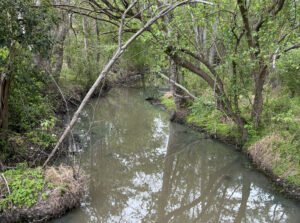News
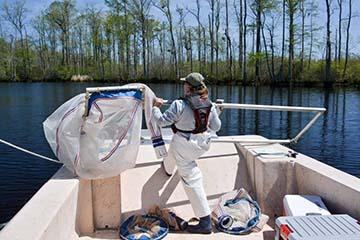
Author and researcher, Deborah Lichti, setting a push net to collect larval fish
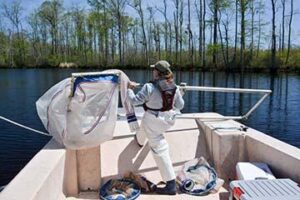
By Deborah Lichti
I am an estuarine ecologist who studies the zooplankton and larval fish, and a PhD student at East Carolina University. I have been working for two years with Sound Rivers’ wonderful staff collecting samples for my research. We received a grant in 2015 from the NC Coastal Recreational Fishing Licenses program to study the microscopic world, invisible to the naked eye, that is the foundation of healthy fisheries in the Tar- Pamlico and Chowan Rivers. Specifically, we study how the environment influences the food sources of larval (baby) fish, especially Eastern North Carolina’s treasured river herring (Blueback herring and Alewife). Our goal is to determine if the larval fish are receiving a well-balanced and healthy diet rather than an unbalanced diet. Larval fish are just like us, meaning they need a well-balanced diet to grow into healthy adults.
During spawning season (March-May), we spent a day on both rivers each week, enjoying the beautiful landscape and observing the diverse wildlife including bald eagles, osprey, turtles, water snakes, and a river otter. As we brought in the larval fish net, we were excited to see what we found. We caught larval river herring at all of the sites on Chowan River and the beloved Blounts and Tranters Creeks in 2016, and again in Tranters Creek this year. We also collected larval fish on Blounts Creek, but identifying the larval fish species is tricky without further investigation under the microscope. We found that the easiest larval fish to identify were gar.
While the fish are the charismatic players in the system, the zooplankton are an essential food source for the larval fish. At the same time we collected larval fish, we also collected zooplankton. It is an exciting investigation each time because I cannot tell who is there without a microscope. Copepods and cladoceran were the main zooplankton groups in our samples.
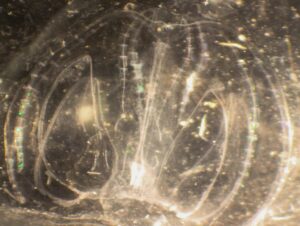
Despite their microscopic size, cladoceran come in different shapes and sizes. The most interesting are the Holopedium and Leptodora. Holopedium lives in a gelatinous bubble to protect itself from predators, Leptodora is a predatory zooplankton that consumes smaller zooplankton, and even has been seen to consume smaller sized larval fish. We also collected comb jellies (ctenophores) at our site on the Pantego River near Belhaven. During 2016, we saw them only on the last couple of trips, but this year, the jellies were present in large quantities each time we collected larval fish and zooplankton. The comb jelly cilia, which are small hairs used for swimming, resides in the comb structure and produces a rainbow effect when light is shown on it at different angles. Our rivers are teeming with life that we can see, but there is so much more to discover when you look into a microscope.
Related News
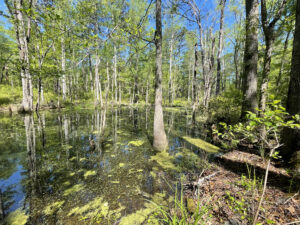
Tell NC to restore wetlands protections!
April 19th 2024
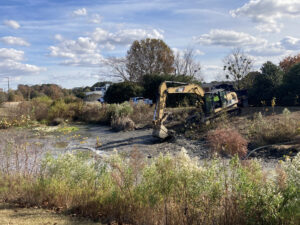
Position available: Stormwater Education Coordinator
April 18th 2024
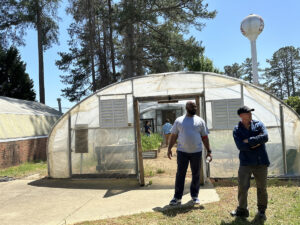
Southern Nash next in line for stormwater projects
April 18th 2024
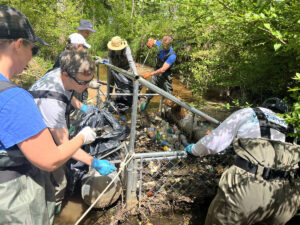
Xylem, Sound Rivers team up for cleanup
April 18th 2024
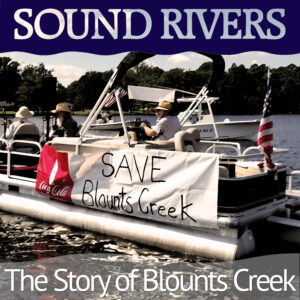
Sound Rivers launches new podcast
April 18th 2024
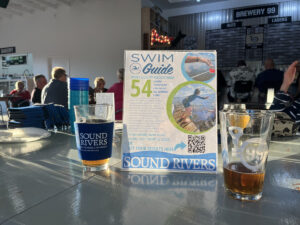
Swim Guide gearing up for a seventh season
April 11th 2024
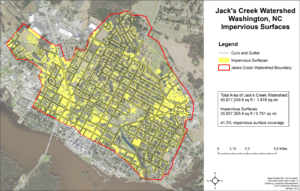
Feedback needed for Jack’s Creek plans, projects
April 11th 2024

Pamlico-Tar Riverkeeper talks water quality
April 11th 2024
